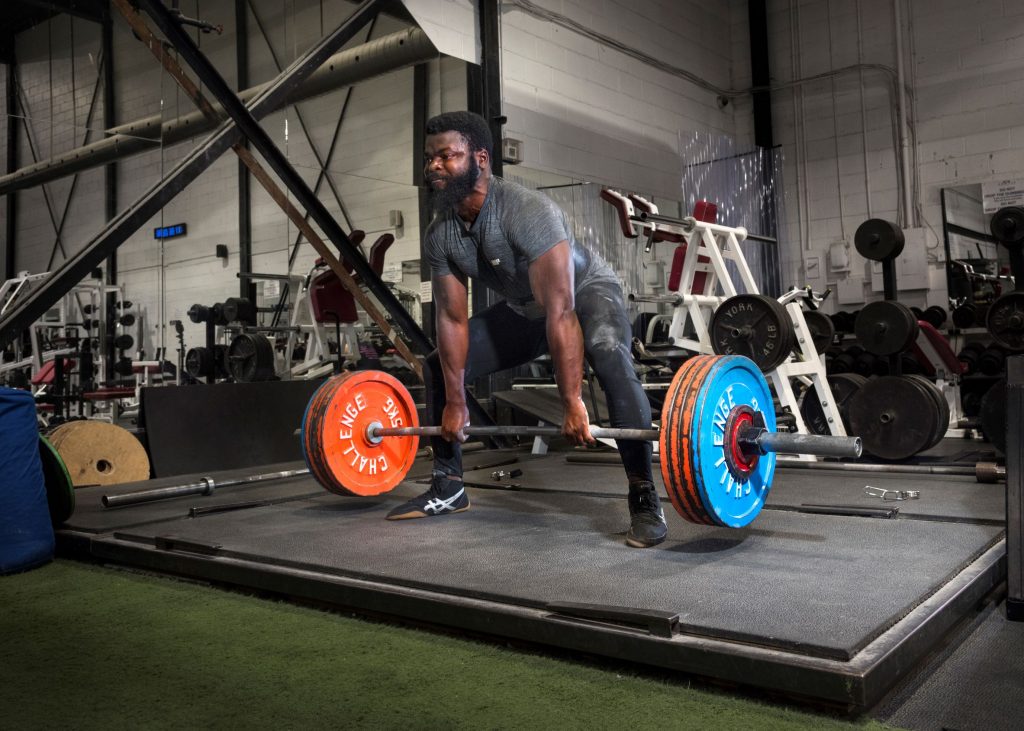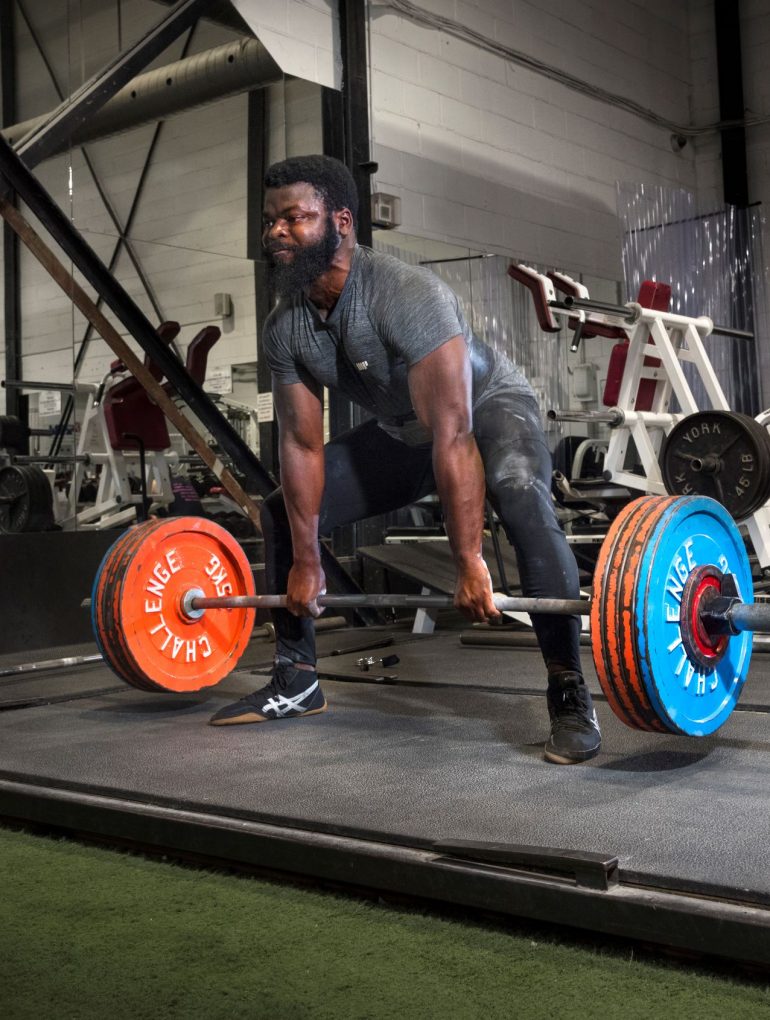Powerlifting gave me a venue aside from research to pursue objective measures of progress and success.

Numbers do all the talking. If you are squatting 200 pounds one day, and then a couple of weeks later you’re squatting 300 pounds, you know you’ve improved.

Strength training and research are similar because they are both methodical and there’s a progression system. In weight training, most people start off with a linear progression, adding maybe five pounds each week, but at some point, they stall because the stimulus just isn’t sufficient for their body to actually adapt and keep on getting stronger. I’ll then have to find ways to condition the body to respond to the same stimulus. That often takes quite some effort.

Powerlifting is very detail oriented, and it’s similar in science as well. Note taking, writing out protocols, recording data and everything is emphasized to notice sometimes significant but non-obvious trends. These are things required in both lifting and science.

With lifting, if you really want to succeed at the highest level, you have to pay attention to the details. Things like technique, sleep, nutrition, and training load are all important factors to consider. For example, we would track the exact poundage that I was lifting per week, the level of exertion it required per set, and how these variables changed over time in order find the right combination of stimuli to increase my strength. This detail-oriented approach has really taken off in powerlifting and is how people keep progressing even as they become advanced or even elite lifters where progress is generally harder to come by.



